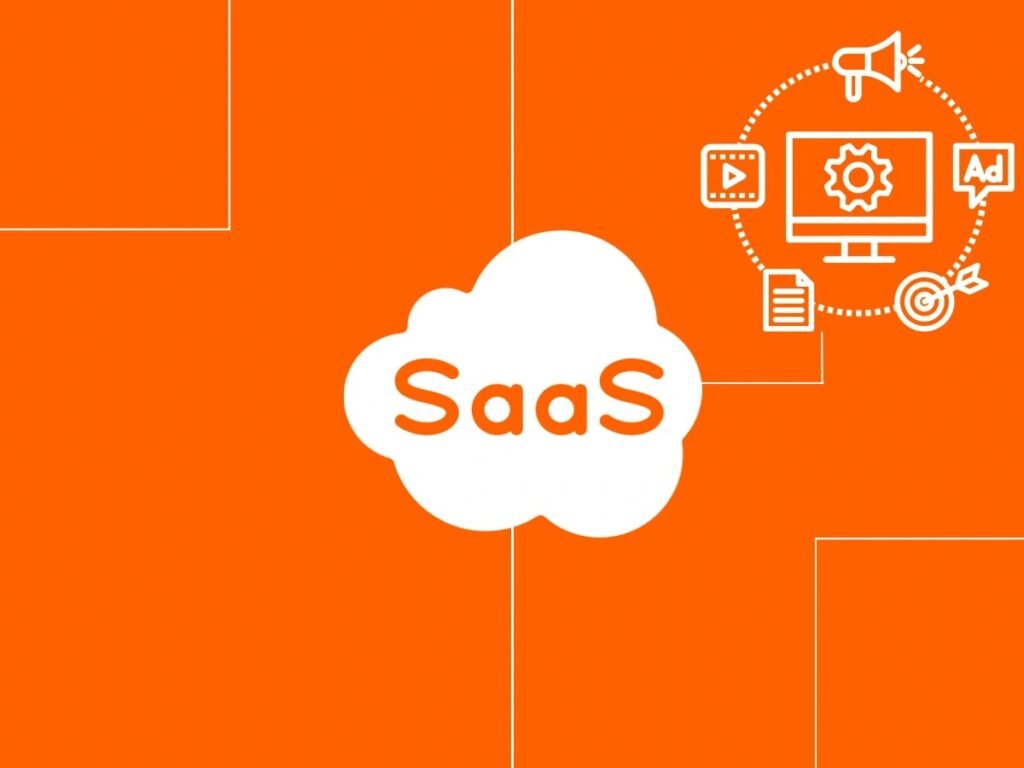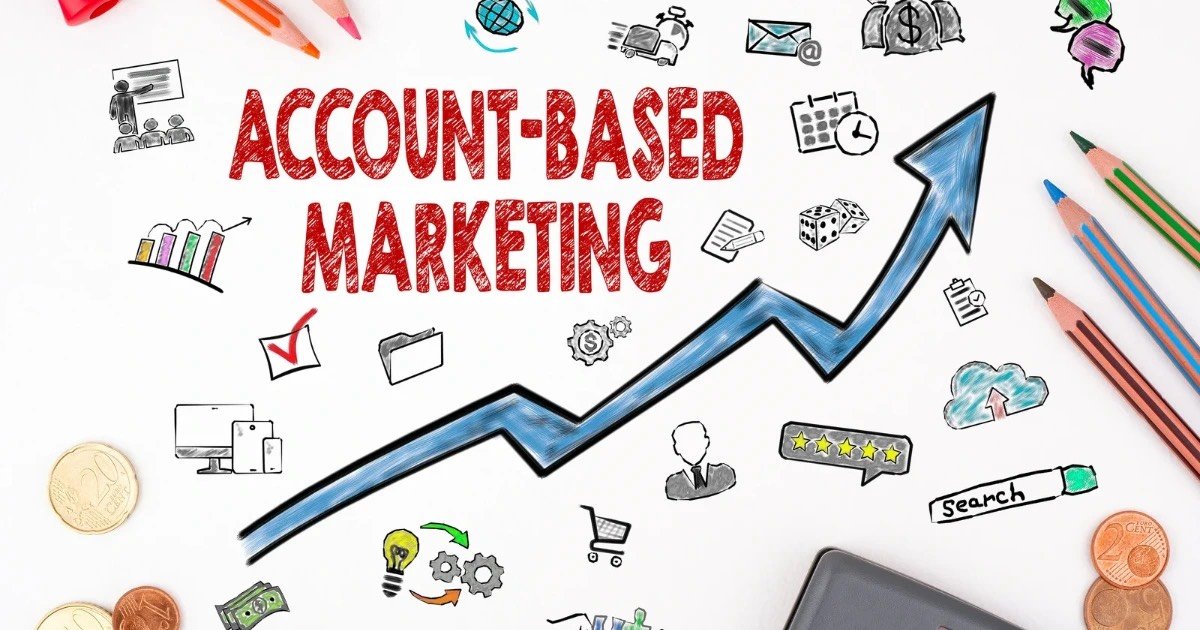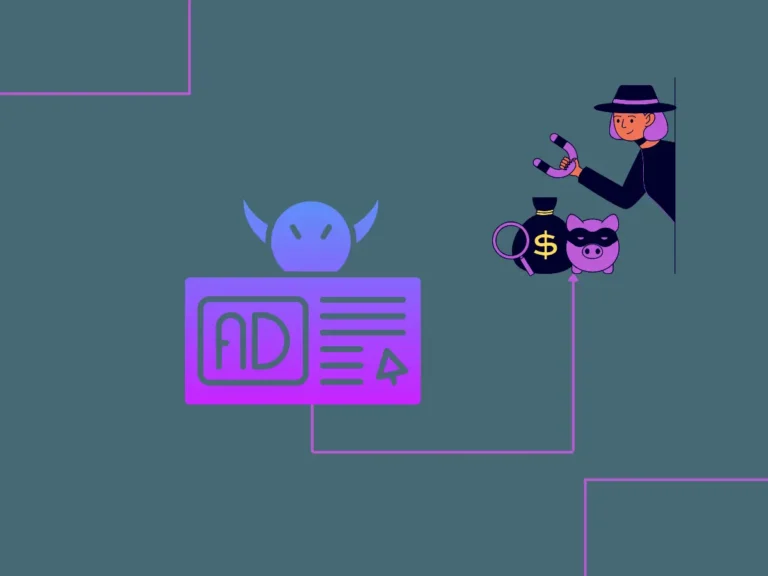
Digital marketing for SaaS is the most effective way for SaaS brands across various industries to attract and retain customers. With ever evolving user expectations and tighter competition, now more than ever, SaaS founders need to invest in solid digital marketing strategies.
This means it’s out with the old traditional marketing—not entirely because some strategies still translate into the digital landscape—and in with advanced online marketing.
Why?
Because digital marketing for SaaS requires a scalable, automation-first mindset. That’s how it differs from the norm.
5 Best Strategies for Digital Marketing for SaaS
Before we dive in, let’s understand why digital marketing for SaaS companies isn’t one-size-fits-all. Not every strategy listed below is for your brand, but each one has the potential propel your brand to success.
It’s all a matter of knowing what’s right for your company. An effective strategy focuses on personalization, positioning, and product-led tactics. At the end of the day, it should all lead back to your user.
What marketing tactics suit them best? Find that and you’ll reduce churn, boost retention, and gain a loyal advocates for your brand.
Now let’s take a look at the best strategies for digital marketing for SaaS:
1. Build a Solid Digital Blueprint Marketing Strategy for SaaS Growth
A digital blueprint marketing for SaaS is the foundation of a strong SaaS marketing strategy in 2025. This blueprint serves as a guide for you and your entire marketing team—even if that’s still just you.
Whether you’re bootstrapping or VC-backed, digital marketing for SaaS starts with a clear game plan. This should include elements like:
1. Channels (Where you attract leads)
- SEO (Blogs, landing pages, optimized website)
- Social Media (LinkedIn, Twitter/X, YouTube)
- Email Marketing (Newsletters, nurture sequences)
- Paid Ads (Google Ads, LinkedIn Ads, Meta Ads)
- Partnerships (Affiliate programs, co-marketing)
- Review Platforms (G2, Capterra)

2. Funnels (How you turn leads into users)
Top of Funnel (TOFU):
- Attract: Ads, blogs, social posts
- Offer: Free resources (eBooks, webinars)
Middle of Funnel (MOFU):
- Engage: Case studies, email sequences, product comparison pages
- Offer: Free trial, demo, newsletter
Bottom of Funnel (BOFU):
- Convert: Sales calls, testimonials, limited-time offers
- Offer: Pricing page, upgrade deals
3. Automation (What runs in the background)
- Email Sequences (Welcome, nurture, reactivation)
- Lead Scoring (Tagging and segmenting leads by behavior)
- CRM Automation (Auto-assigning leads, follow-ups)
- Retargeting Ads (Show ads to site visitors)
- Chatbots/Live Chat (24/7 lead capture & support)
- Onboarding Flow (Automated in-app or email walkthroughs)
2. Prioritize SEO and Content Marketing for SaaS Lead Generation
SEO is one of the most sustainable channels in digital marketing for SaaS companies. It’s the perfect strategy for small SaaS brands with low marketing budgets because it’s completely free. It can also be leveraged by enterprise level brands who want to see their conversion rates skyrocket.
Here’s how you can implement a full scale SEO strategy:
- Define your niche and the topics you want to be known for (This should directly relate to your industry and the services you offer)
- Use free tools like SEMrush and Ahrefs to find high opportunity keywords. These are keywords with relatively high search intent but low keyword difficulty.
- Write high quality educational blog posts. Educational content is at the heart of effective digital marketing for SaaS.
- Align your content with user search intent. For example, an informational keyword should be targeted with an informational blog post.
- Promote your articles on social media platforms like Facebook and LinkedIn and on forums like Reddit and Quora.
- Repeat this cycle to build topical relevance and attract users to your site.
- Remember to include CTAs in every blog post to convert potential leads.
3. Leverage Account-Based Marketing (ABM) for B2B SaaS Clients
Digital marketing for SaaS relies on account-based personalization over broad campaigns. A solid ABM strategy is all about targeting high value accounts with hyper personalized campaigns. To do this you’ll need to first identify said high value accounts. You can use firmographics, technographics, and intent data to find ideal companies.
With this information you can segment your audience into tiers based on their likelihood to convert. A good tiered ABM list looks like this:
Tier 1 – Highest value accounts so they receive fully personalized campaigns. Most of your resources will be spent here.
Tier 2 – Valuable accounts but leads require more nurturing. Apply light personalization.
Tier 3 – This tier has leads who have a lower potential to convert. You can utilize scalable, industry-specific messaging here.

4. Automate Onboarding and Retention Campaigns with Email Marketing
Email remains a high-ROI channel in digital marketing for b2b SaaS. And if used correctly, you can get up to $40 for every dollar spent on this strategy. Like with account based marketing, email marketing does better when your messaging is personalized. Even when you’re sending an email sequence to several users at a time, each one should still feel personalized.
A good way to achieve this is by segmenting your email list. When you segment your audience into various categories, you can address the issues that are unique to members of that category. This creates a personalized experience for each user. And that is the goal of segmentation in email marketing.
5. Use Paid Ads to Accelerate SaaS Growth
Paid advertising is the helping hand your organic strategies need. SaaS Ads offer a quick win in your digital marketing journey, especially if you use retargeting strategies backed by data. This is a great digital marketing strategy for SaaS brands.
If you’re looking to add paid advertising to your SaaS marketing strategy but don’t know which platform is right for you, then check out our Google Ads vs. Facebook Ads blog post. In it, we break down the benefits of each platform, helping you decide which one is right for your business.
To scale efficiently, digital marketing for SaaS must include a blend of organic and paid strategies. This means creating effective SaaS Ads and pairing that with a solid organic strategy like SEO.
Ready to Elevate Your Digital Marketing for SaaS in 2025?
Whether you’re pre-launch or scaling, digital marketing for SaaS can make or break your growth. If you do it right, you’ll boost customer acquisition and retention, but if you do it wrong, you just might jeopardize relationships with existing customers.
If you’d prefer not to risk the latter, then book a discovery call today to audit your current digital marketing setup. We’re a dedicated digital marketing agency for SaaS companies. We’ll build a custom strategy tailored to your business goals!
Related Marketing Strategies

B2B Email Marketing: Definition, Tips, and Examples for 2025

8 Best Free Marketing Automation Tools to Use in 2025



